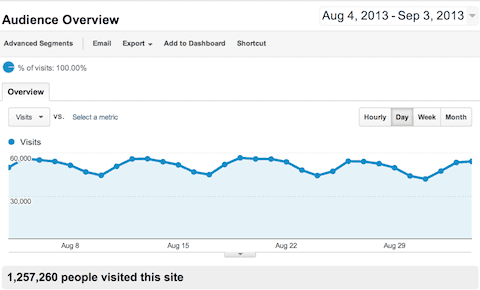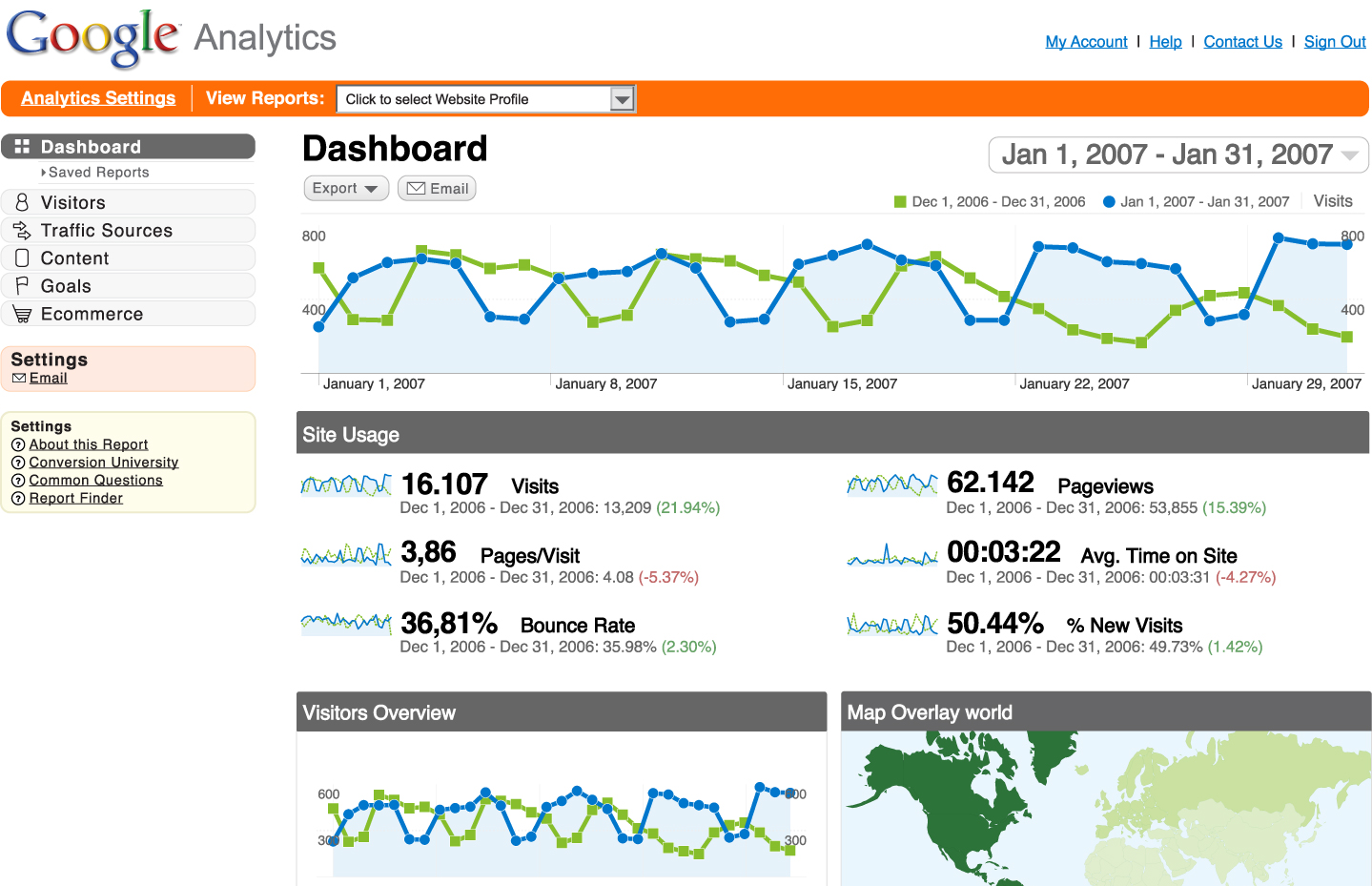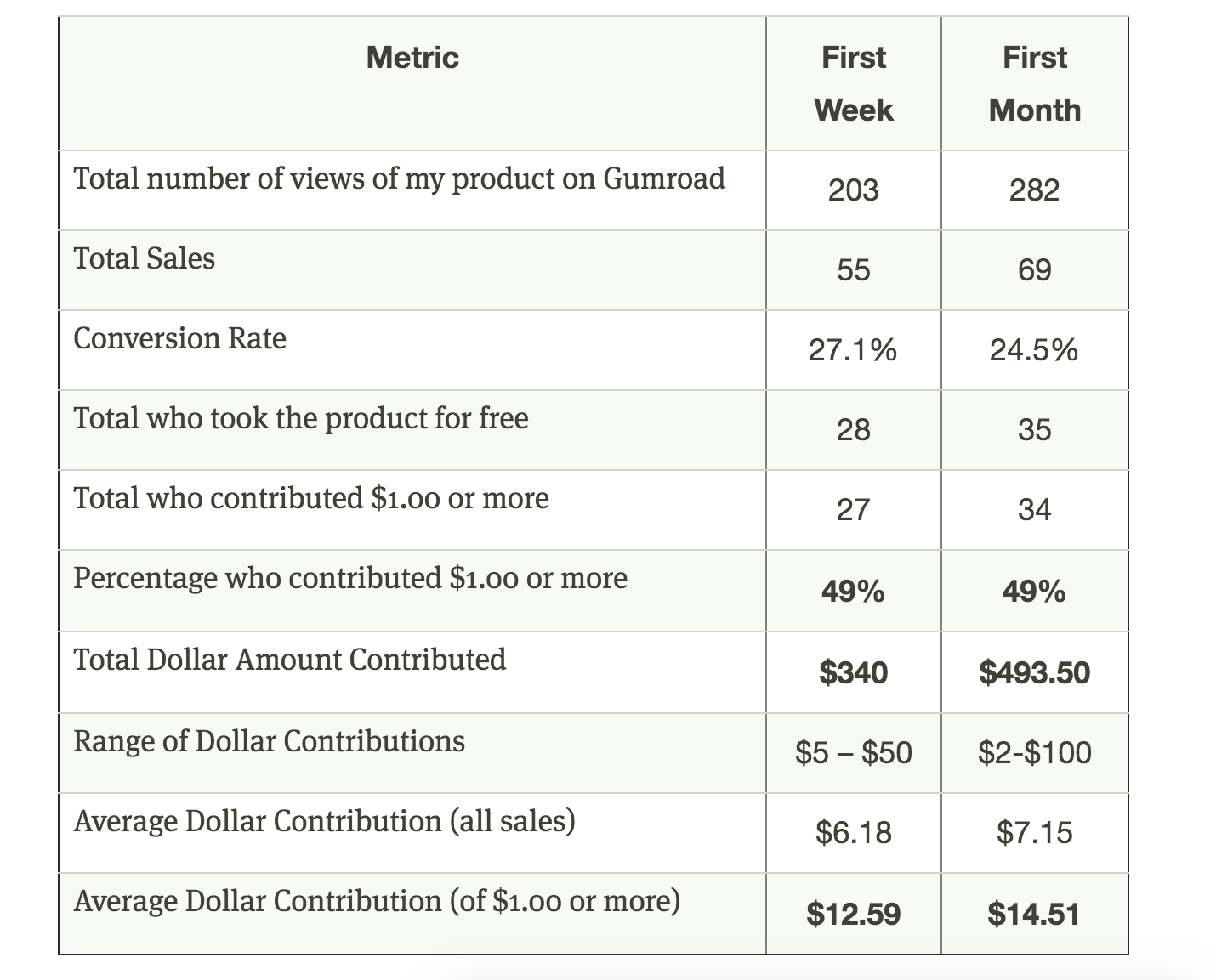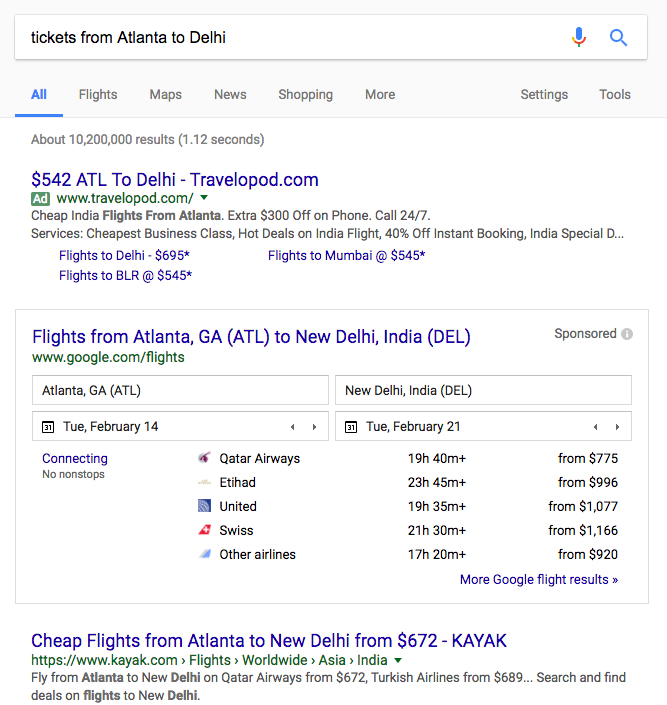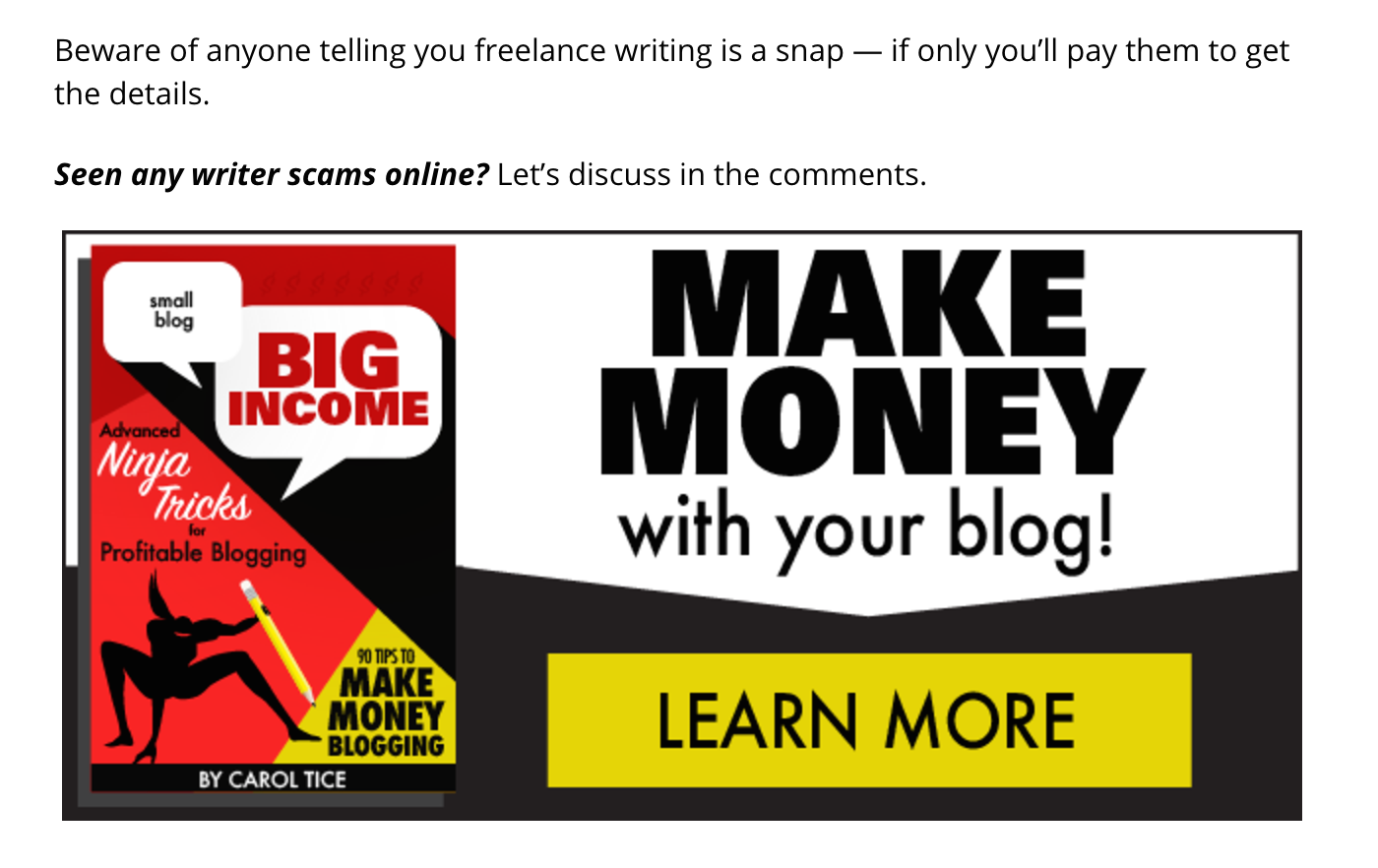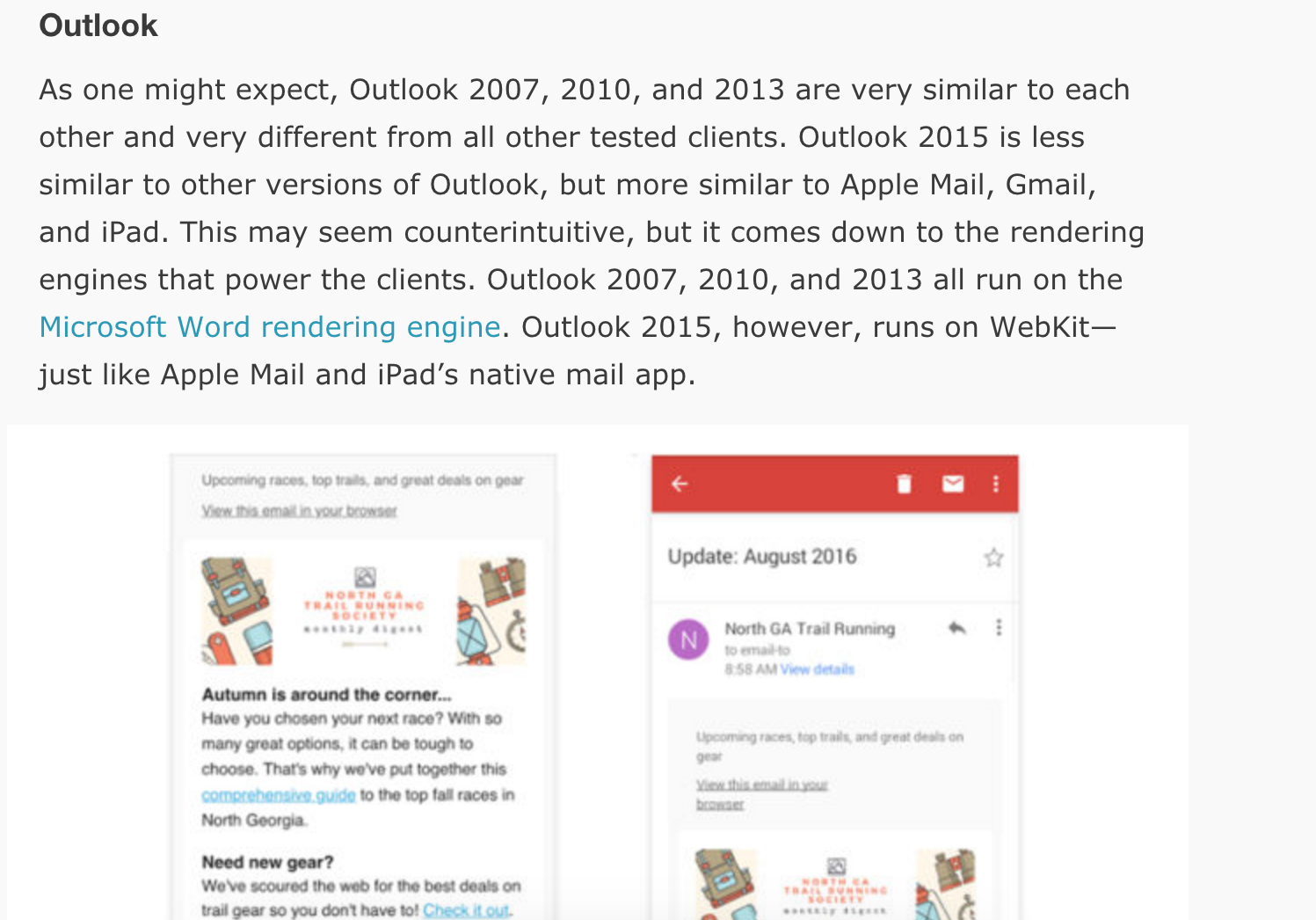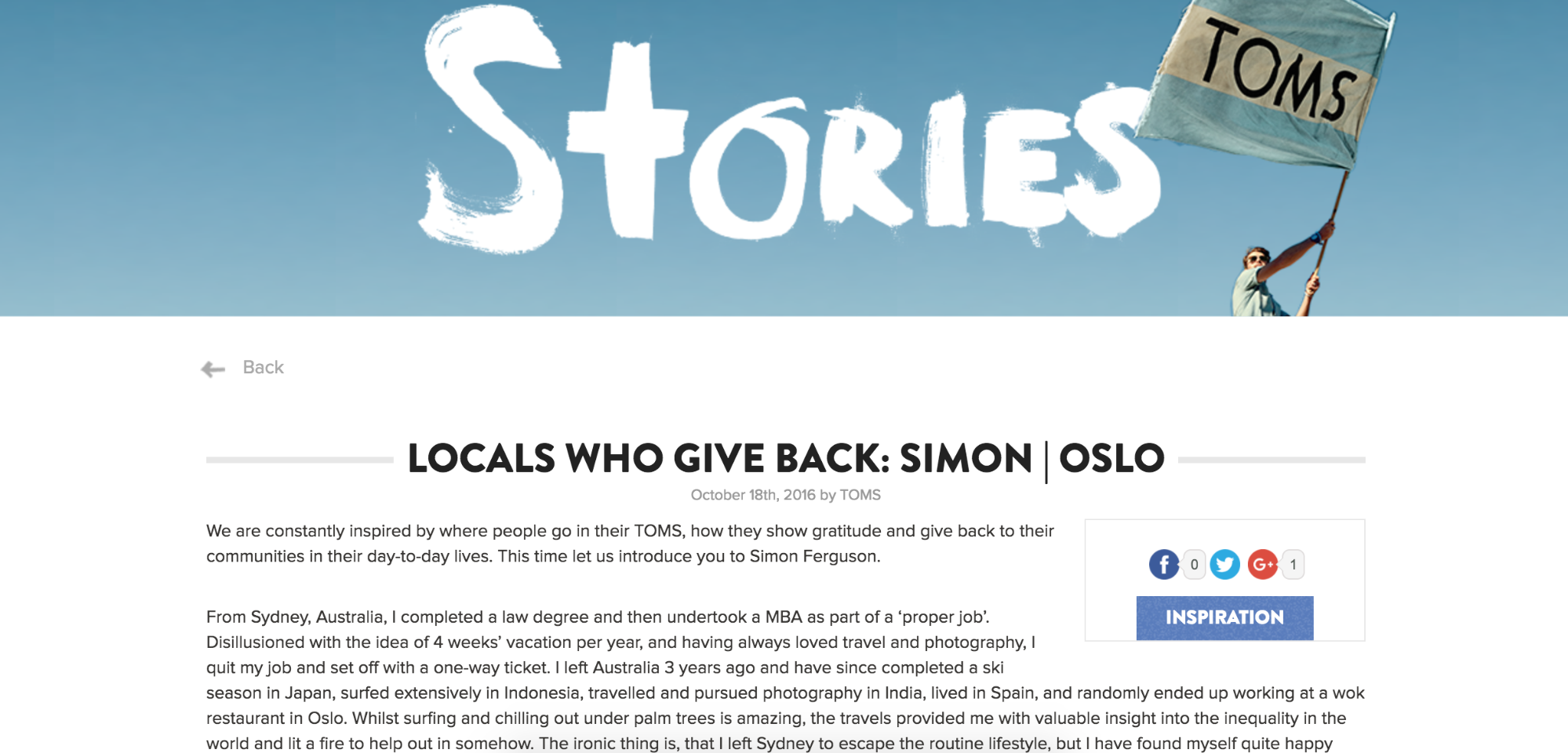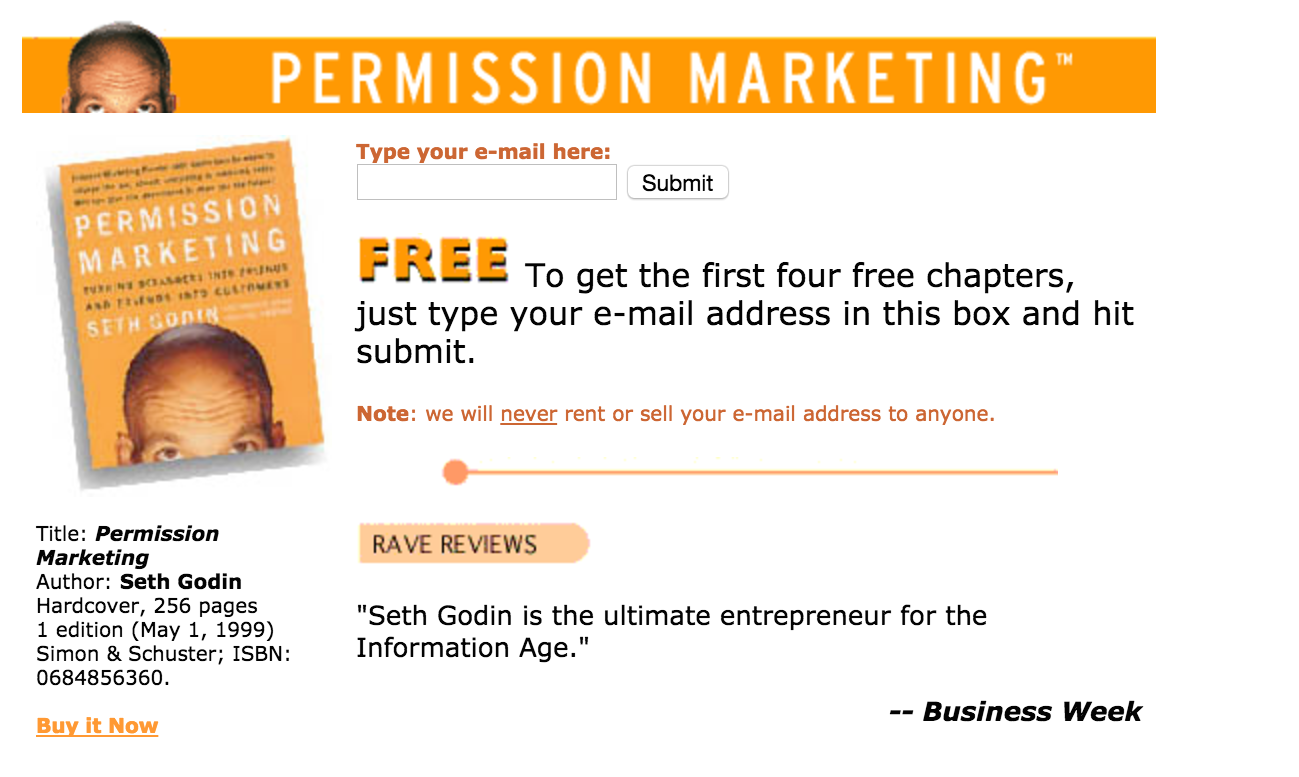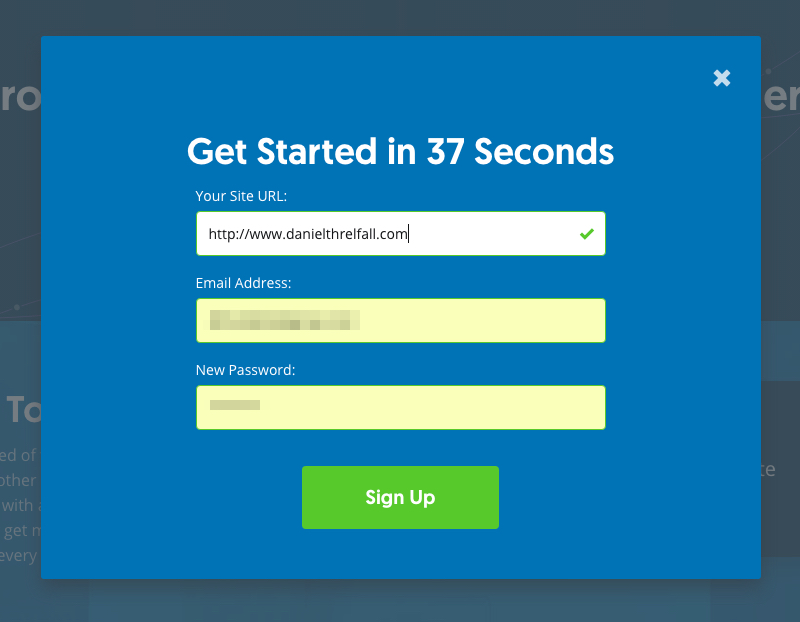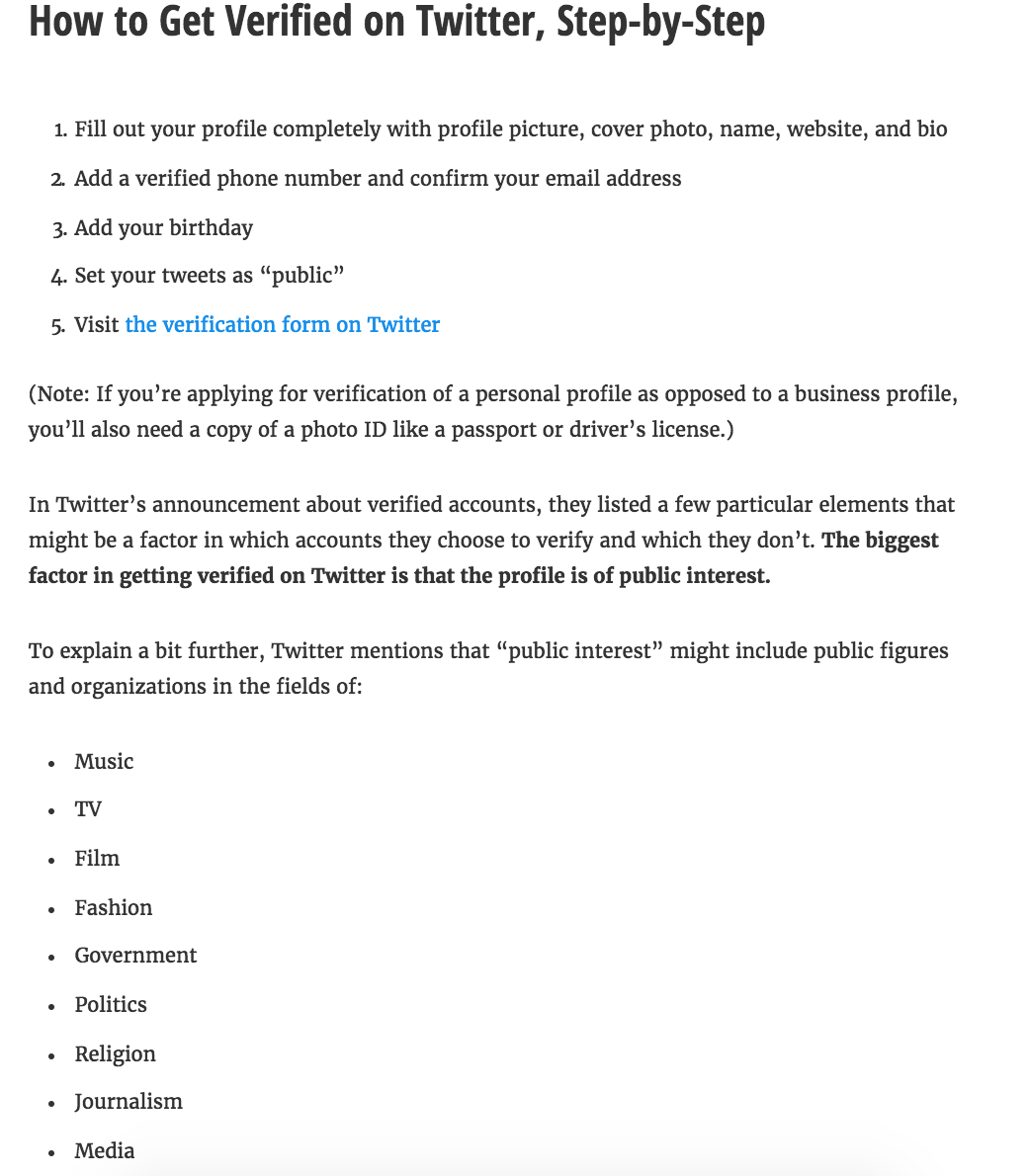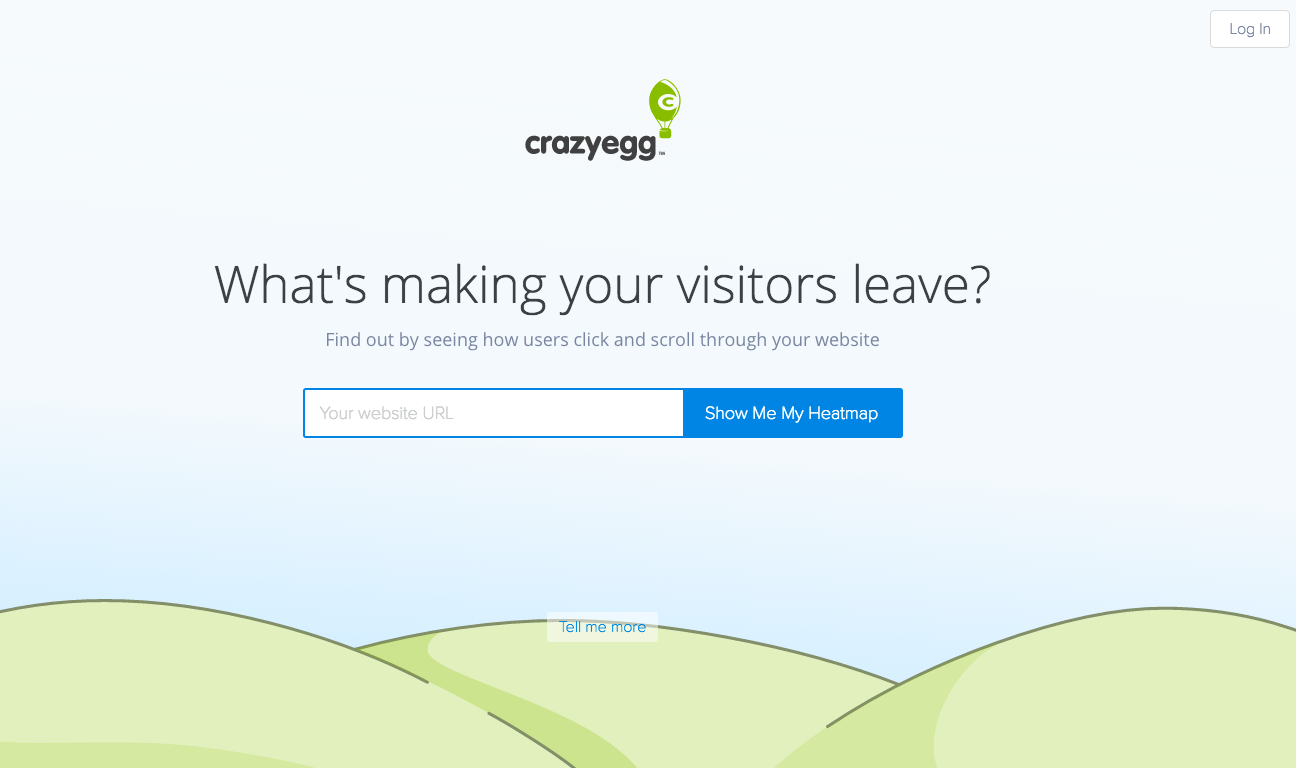You need to put lots of thought and effort into every page of your website.
But your About page is arguably one of the most important pages by far.
Is it really that big of a deal? How many visitors will actually take the time to check out your About page?
Well, here’s an interesting statistic.
According to a study from KoMarketing, “52% of your visitors want to see an About page.”
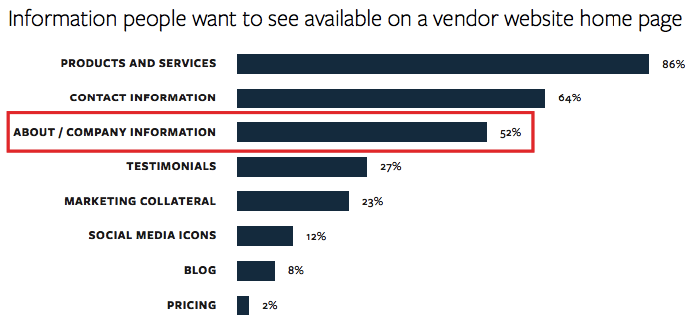
Without one, you’re instantly creating some distance between your company and over half of your visitors.
That’s why an About page is more important than you may think.
And here’s something else I’ve noticed.
A lot of brands (even some of the bigger ones) lack in the About page department.
Some fail to include an About page altogether, and others halfheartedly slap one together without putting any real thought into it.
Such About pages often miss the mark, which throws a wrench in the overall sales funnel.
I want to be fair and say that not everyone needs an About page. But most companies, individuals, and websites do. It’s a standard thing to do.
And it can be really valuable. As long as you do it right!
Put yourself in the mindset of a website visitor who is reading your About page.
They’ve already stumbled upon your website, so they have a general idea of who you are and what you do. However, they may not be ready to become a customer yet.
This is the perfect opportunity for you to convince them. I see many About pages on a daily basis that are boring and don’t provide any value to a website.
It’s as though some companies write their About pages as fast as possible because they think it’s just a requirement to be fulfilled.
You put much effort into scaling lead generation through blogging, which you have to update on a regular basis. But your About page will be much easier since you don’t have to update it as frequently.
If you do it right the first time, your About page will help you get more conversions and sales.
In this post I will explain everything you need to know about how to create an About page that is well crafted and that will resonate with your visitors.
Redefining an About page
First of all, let’s start with a formal definition of an About page.
According to Your Dictionary, it’s
a type of web page commonly seen on websites, containing general information about the person or organization that is responsible for the website in question, usually a description of the site’s history and mission or purpose.
Most people probably would say this definition is spot on.
But in my opinion, it has one fatal flaw.
It talks about only the person/organization and doesn’t address the needs or concerns of visitors.
Of course, you’ll want to talk about your company, its history, philosophy, values, achievements, etc.
But there’s more.
A great About page will answer some major questions for your visitors.
What types of questions should I answer?
Copyblogger nails it in this article.
Here’s their take on things.
Some of your visitors’ unanswered questions are:
- What’s in this for me?
- Am I in the right place?
- Can this person help me with my problem?
Don’t send your readers screaming for the exit by talking only about yourself. Instead, make them want to pull up a chair, chat with you a while, and keep in touch long after the party.
How many times have you clicked on an About page only to hear a company ramble on about how awesome they are without ever answering any of the pressing questions of their visitors?
I see it happen all the time.
What you should aim for
The point I’m trying to make here is that the term About page can be a little misleading.
It shouldn’t be just about you. It should be about your audience as well.
And now, here’s my formula for telling a gripping story.
Know thy customer
I’m sure you’ve heard the Ancient Greek aphorism “know thyself.”
It speaks to the importance of an examined life.
But when it comes to an About page, you want to thoroughly know your customer.
And I’m not talking just about gender, income level, education, etc.
You need to know where your average person is at in the sales funnel.
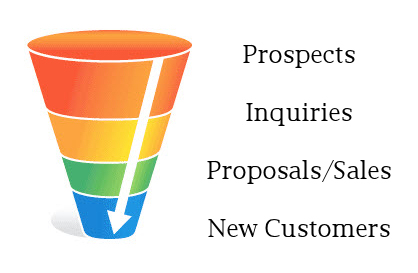
And if they’re looking at your About page, it’s safe to say they’re in the earlier stages of the sales funnel.
The large majority will be prospects with some level of interest and minimal awareness of your brand.
Most are looking to become more familiar with you.
Not only do they want to know more about your product/service, many want to know if you share their values and beliefs.
Try to put yourself in the shoes of an average prospect and figure out what specific information they’re seeking.
This will guide your efforts.
Start with a strong headline
Your headline is everything.
If it pops, visitors will want to read on.
If it sucks, many will leave never to return.
What makes a great headline?
You should make your headline simple, clear, and benefit-driven.
Don’t waste space and be repetitive. The website visitor has already clicked on the About section of your homepage, so you don’t need to use that as a headline as well.
Instead, use a headline that enhances your perceived value.
Check out this About Us page from SAXX:

I love this headline because it speaks to the potential customer. SAXX is a men’s underwear brand. So the headline of their About page reflects consumers’ wishes.
Active style. Extraordinary comfort.
This headline is intriguing to say the least. It’s also enticing enough to make the reader continue on the page. If you have a boring headline, people may not even read your content.
The same idea is behind writing a blog introduction that makes the rest of your post irresistible.
I also share this example because SAXX uses multiple headlines on the page. As you read on, you see the second title, “How our story began.”
This makes it clear to the reader what this section is going to discuss: the founding of the company.
You will learn about it through a story rather than cold facts which is always more appealing to a reader.
Here’s another good example from Yellow Leaf Hammocks. You can instantly get a sense of what’s being offered and the benefits. In this case, high-quality, comfy hammocks.

And here is one more great example from Gini Dietrich that uses a benefit driven headline:
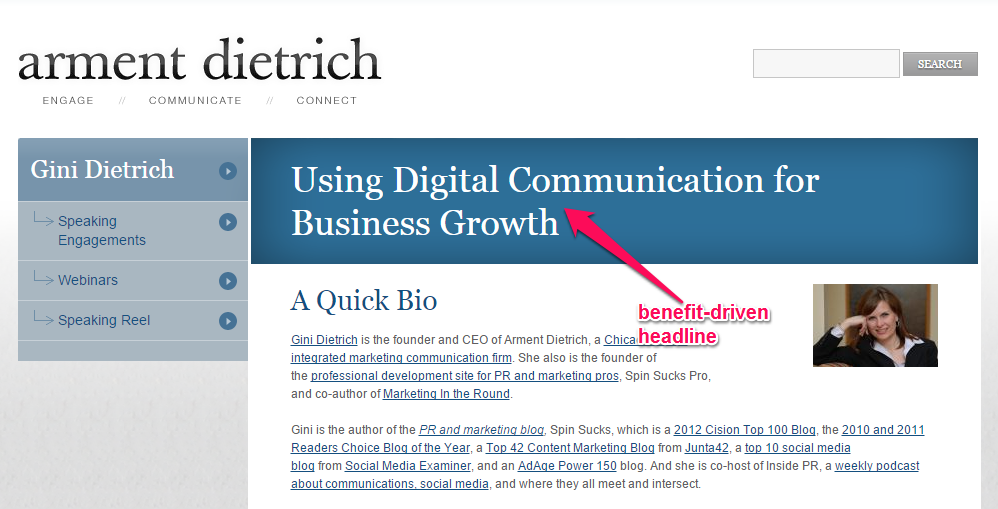
Be authentic and transparent
You want to be professional with your About page. That’s a given.
But some brands are overdoing it to the point of sounding stiff and almost robotic.
Unless you’re in a super formal industry (e.g., you’re a lawyer or an insurance broker), I think it’s a good idea to “let your hair down” a little.
Paint a realistic picture of what your company is and what you do.
If you’re snarky, be snarky. If you’re quirky, be quirky.
No matter how teched out we get, business is still ultimately founded on people buying from other people.
And they naturally want to do business with someone they like and trust.
Authenticity and transparency are two major elements in gaining that trust.
I think that Pete Adeny (a.k.a. Mr. Money Mustache) does a great job of doing this on his About page:
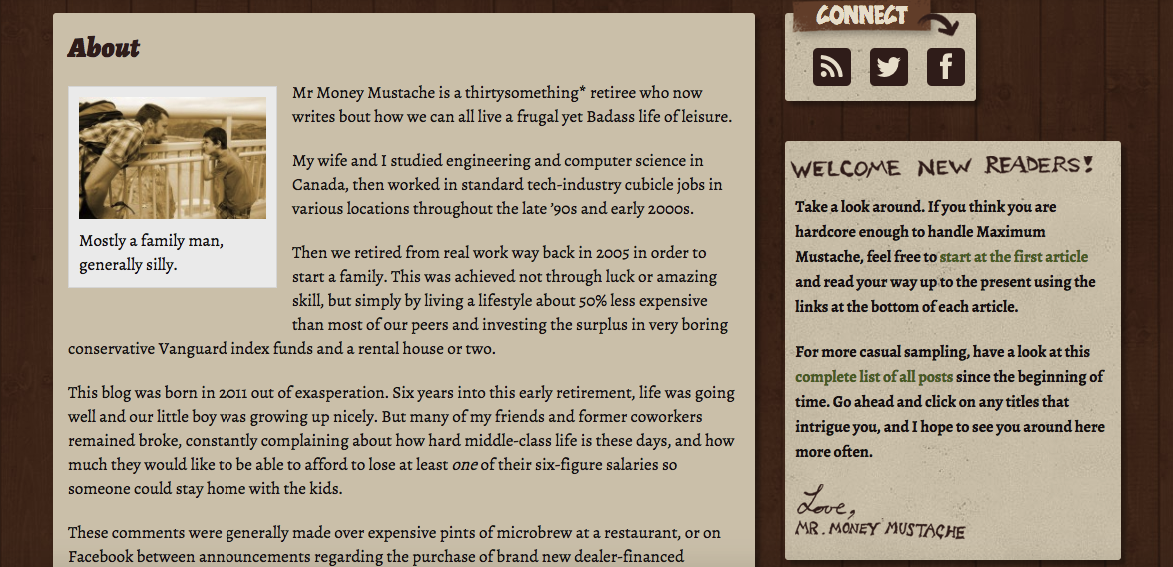
His page instantly allows his readers to get a sense of who he is, his philosophy, and his sense of humor.
Provide a brief but compelling back story
You don’t need (or even want) to go into elaborate detail, but I recommend giving visitors an idea of where you came from and how your company came to be.
In other words, tell them your brand’s story.
Stories keep people interested, ensuring they will read through the page.
If your content is stale, nobody will want to read it. You’ll miss out on tons of potential leads.
Not sure how to tell a story? Just be honest, and talk about how your company got started. You don’t need to go over financial details or anything like that unless it’s very entertaining.
For example, if you found a way to turn a $20 bill into a business, that could be an interesting read. But nobody wants to hear about your startup loan negotiations at the local bank.
Tell a story that focuses on your company’s mission. What was the inspiration for starting your business?
Here’s an awesome example from the TOMS About Us page:

People may or may not be familiar with this organization. Their concept is pretty simple: for every pair of shoes bought on their website, they donate a pair to a child in need.
The inspiration behind TOMS came from the experience their founder, Blake Mycoskie, had when he saw poor children with no shoes. Witnessing that inspired Blake to form this company.
It’s easy to learn how the company became what it is today since it’s told as a story.
It’s heartwarming and touching and stirs a variety of other emotions in a reader.
Potential customers may be moved by this story and inspired to help these children as well by purchasing shoes from the website.
Being this open about their story on the About Us page helps TOMS generate new leads.
Here is another example showing how Dollar Shave Club does this with its own signature brand of humor:
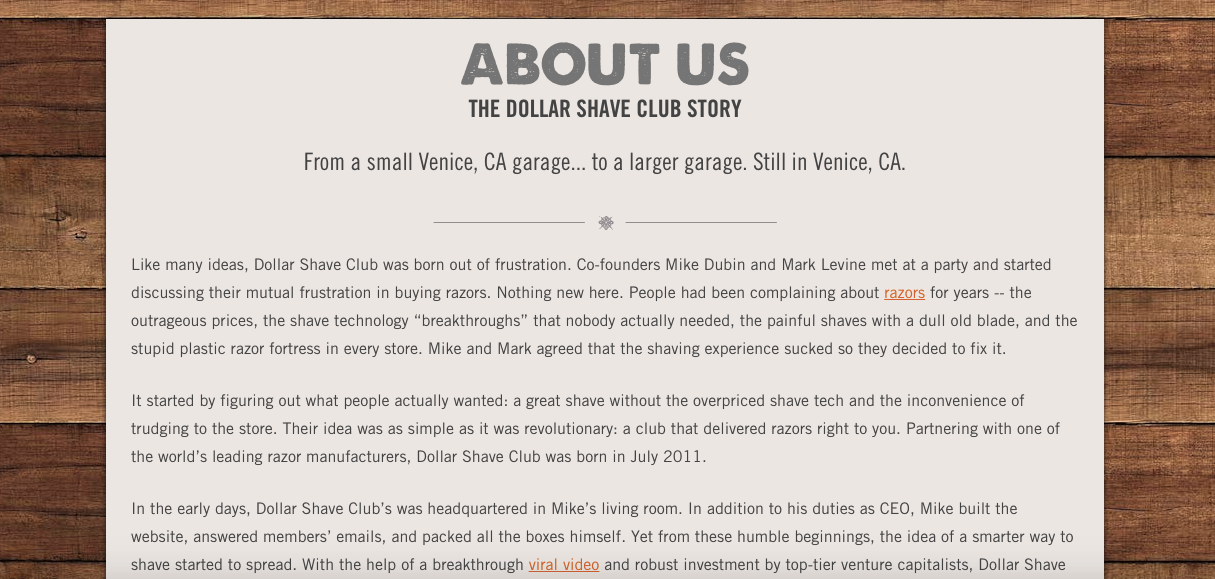
Be clear about your values
This is a biggie.
You want to offer insight into your company culture and what distinguishes your brand from the rest of the pack.
Yellow Leaf Hammock pulls this off flawlessly as well:

As you can see, there’s a strong emphasis on being socially conscious, sustainable, and adventurous.
Wild Friends Foods effectively conveys its values as well:
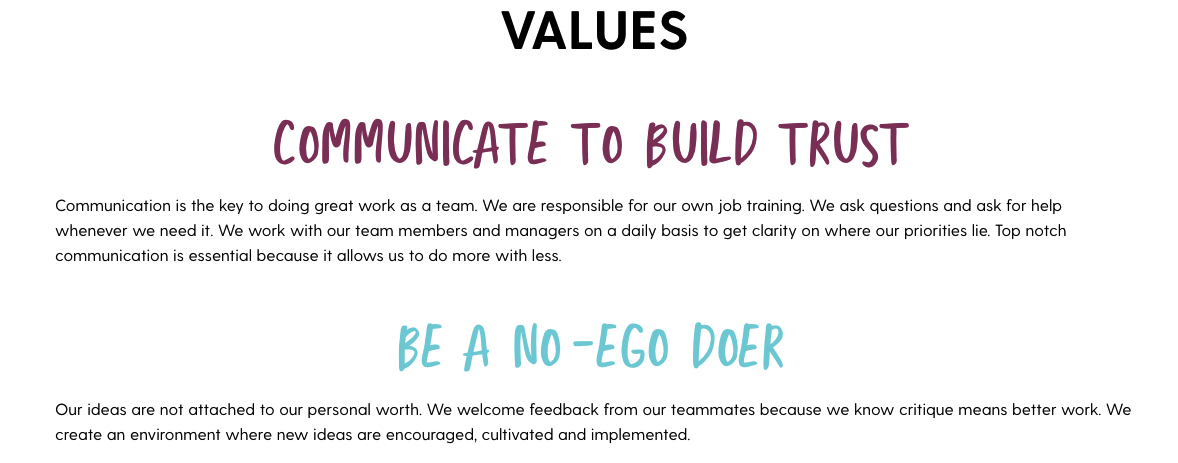
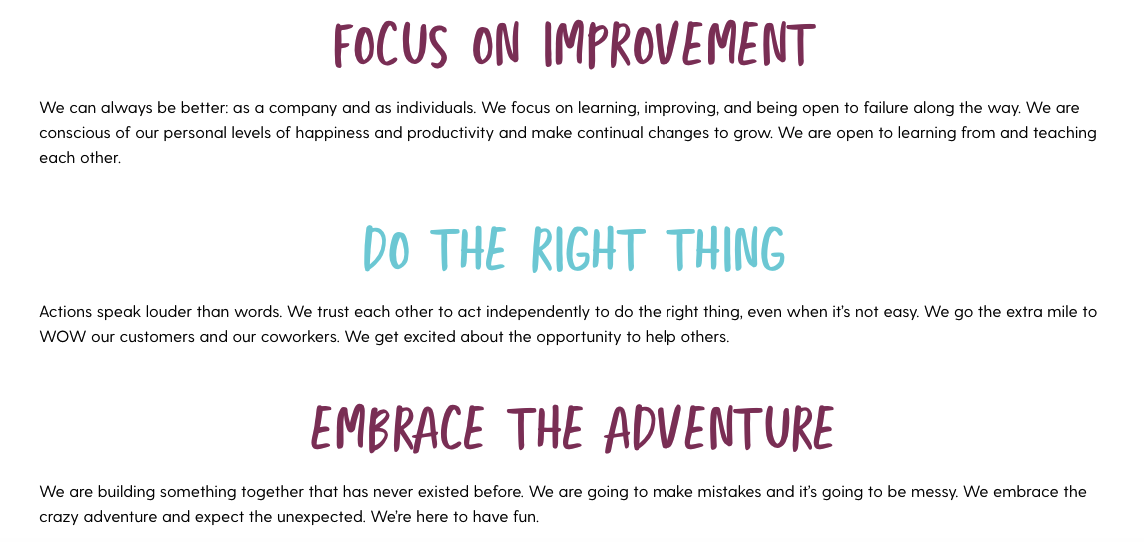
The bottom line is to show visitors what you believe in.
Use terms everyone can understand
Your About Us page should definitely be professional.
Make sure it’s checked for grammatical and spelling errors. Don’t swear or use slang.
While it’s important to make sure your About Us page is clean and proper, you don’t want it to sound like a dissertation written by a professor.
You want to make this page as readable as possible. If people can’t understand what you’re saying, you won’t generate new leads. This isn’t a legal document, so it shouldn’t sound like a team of lawyers wrote it.
Avoid using industry terminology.
Other business owners in your industry may know what you’re talking about, but they aren’t your customers. You need to put things in common language the average person can understand.
Read this About Us page from Apptopia:

Apptopia is in the mobile application industry. They help businesses acquire more customers with mobile app analytics tools.
This is something that nearly every business can benefit from, but not everyone will understand.
That’s where their About Us page shines. They acknowledge this space is a little bit complicated and people aren’t sure what to do with their mobile apps.
They mention all types of potential customers, including:
- publishers
- advertisers
- brands
- investors.
Their page explains that people use data to help them make decisions, but they aren’t sure how to get and analyze certain data.
This transparency can help their leads feel comfortable. It’s written in plain language everyone can understand. You don’t need an IT degree to decipher this page.
As a result, they’ll be able to get more leads. If their page was super technical, it wouldn’t have the same impact on potential customers.
It’s important to keep this in mind, especially if you’re in certain industries.
Add images to break up the text
I’m a big advocate of using pictures and other visuals to break up written content. If you’ve been reading my blogs for a while, you know I use pictures to aid my writing.
Apply that same concept to your About Us page.
Big blocks of text are intimidating. People aren’t on your website to spend all day reading. So write in short sentences with paragraphs that are only a few lines long.
Use pictures as well. Images can make your About Us page more appealing. It helps people scan content since the photos act as natural breaks in the page.
Here’s an example of how DeWALT uses images on their About Us page:

I think this idea is very creative. This page establishes a timeline for their company that dates all the way back to 1922.
For each company milestone, they have a quick description and an image to go along with it. This concept makes it really easy for people to scroll through and learn about the history of this business.
As you can see, the images add value to the written content as well.
Rather than just stating something about a particular milestone, they have photos to illustrate it.
It’s also really cool to see how the quality of these images changes over time.
Now, I realize that not every business has nearly 100 years of photos to use for a timeline. However, that doesn’t mean you can’t use images on your page.
If you’re describing an event, product, service, or person, add a picture to enhance the story.
Feature your best employees
All too often I see About Us pages that focus on the founders of the company. While there’s nothing wrong with talking about your personal accomplishments, it doesn’t mean you can’t showcase your employees.
The average Joe can’t always relate to a CEO. But they can connect with other workers. So including information about your employees helps humanize your company.
It shows there are real people representing your brand. Adding the names, positions, and photographs of your staff also helps add credibility to your business.
So if someone wants to reach out to your human resources department, they know exactly whom to ask for when they call.
Here’s an example of this strategy used by BuildFire:

At the bottom of their About Us page, they feature their entire staff, displaying photographs along with the names and positions.
You can even take this approach one step further and add a small biography of each member of your staff.
Make it memorable
Don’t be boring. If your About Us page doesn’t leave a lasting impression in the minds of the website visitors, it won’t help you generate leads.
Not everyone who visits this page is ready to be a customer at that moment. They need to let that information soak in before they decide to pull out their credit cards and buy something.
So you’ve got to come up with a way to leave a lasting impression. But don’t go too crazy or do anything that doesn’t reflect your company.
Check out this About Us page from Cultivated Wit:

It’s another example of showcasing employees and adding a biography, as I previously suggested.
Look back at the photos in our last example of BuildFire and compare them to the photos from Cultivated Wit. As you can see, there’s a drastic difference.
These aren’t typical or what you’d expect to find on someone’s website. While it’s a little bit out there, it’s done in good fun. Plus, Cultivated Wit is a comedy company, so it fits nicely with their brand.
Photographs like these may not work well for a company that specializes in retirement investments, but it works well in this case.
Depending on your industry and branding strategy, try to have a little bit of fun with your About Us page so it’s memorable.
End with a call to action
So a website visitor got through your entire About Us page. Now what?
You can’t expect them to navigate over to your ecommerce shop and start buying things. While that would be great, you’ll need to give them a sense of direction.
Just because it’s an About Us page doesn’t mean you shouldn’t continue to market your products, services, and brand.
Go ahead, pitch whatever you’re selling. You’ve already got the visitor primed to become a customer if they’ve made it this far. End with a call to action that seals the deal.
After explaining their background and company story, this is how the Cali Life Co. generates leads at the bottom of the About Us page:

They jump right into showcasing their top products. The Cali Life Co. even has a link to promote their Instagram page.
It’s obvious that their general marketing goals are to drive sales and increase their social media presence. So adding these two sections to their About Us page helps them accomplish those goals.
Conclusion
Let’s recap.
An About page isn’t just about your brand. It also needs to be about your audience and how you can solve their pain points.
You must address their needs and concerns and position your brand as a trustworthy resource so they can feel comfortable doing business with you.
The key elements of your story should include:
- A killer headline
- A brief back story
- Your values
- Answers to visitors’ three big questions
It’s also important to customize your About page in a way that’s interesting and that represents your brand.
Tell a story that keeps the reader hooked. Just make sure you’re speaking in terms everyone can understand.
Add images and instead of just talking about yourself, provide some information and quick bios about your staff.
Ending with a strong CTA will help ensure your new leads get hooked.
By hitting all the right notes, you can establish instant rapport, build trust, and motivate visitors to browse the rest of your site.
When it’s all said and done, this can positively impact multiple metrics, such as increasing the average time spent on site, lowering your bounce rate, and improving conversions.
Follow these tips, and your About page will start generating more business for your company.


